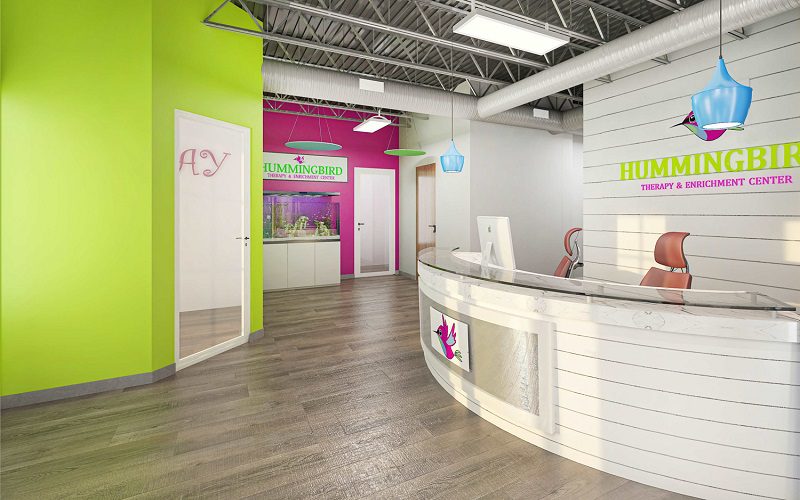July 2014
Industrial strength: Latest numbers show a return to speculative development

Chris Gary
Strengthening conditions in the industrial market have brought a return to speculative development. The return of spec is something the industrial real estate community—brokers and developers alike—all postulated and predicted, and now it has become reality.
Currently, according to statistics developed by Colliers International for the Association of Industrial Real Estate Brokers (AIRE), in the Chicago metropolitan area there are 27 projects totaling 6.3 million square feet of construction underway.
This represents the greatest amount of speculative construction since before the Great Recession.
Yet of the space being developed, only 11 percent is pre-leased, leaving some 5.6 million square feet to be absorbed. So the question is—a year or more into the recovery—how is the return of spec doing?
The general consensus among AIRE board members, individuals who are experts in industrial real estate, is the current statistics are more reflective of a snapshot of a specific window in time. They don’t mandate cause for concern that, overall, the real estate market has fallen out of recovery mode and that businesses are not as optimistic as most have indicated.
“It is fact, 5.6 million square feet is a significant amount,” said AIRE board member and Podolsky|Circle CORFAC International Principal Adam Tarantur. “But think of the years when there was no new development or only negligible amounts.”
During that time, Tarantur suggests, businesses that use industrial space did more with less space, delaying expansion decisions until the timing would be more appropriate. That time is now, and developers are responding with increased development to meet their needs.
Robin Stolberg, an AIRE Board Member and a Managing Director with Jones Lang LaSalle, said, “It (the lack right now of immediate pre-leasing) is not of concern. You need to look at supply and demand factors in each specific market area.”
AIRE board members also agreed that presently there is great discipline being exhibited by developers and investors/capital sources.
“Developers are not developing ‘commodity’ buildings,” Tarantur said. “They are developing properties where there is a constrained supply.
While there is a lot of product going vertical, no one should think that developers abandoned the cautious and pragmatic modes necessary to weather a recession and emerge strong.”
The Immediate Past President of AIRE, Tom Boyle a Principal with Transwestern, said, “The development and investment communities have been very responsible. Their investments and developments are only in markets that will be primary growth areas.”
He said spec development is predominant in markets and locations where there is low vacancy and barriers to access are present. Boyle noted that while there have been many projects announced in the I-55 Corridor area, that is a market where there is great demand and a lot of space is absorbed each year.
Stolberg pointed to other markets, including the north markets, from northern Cook County all the way across the border into Kenosha County, where the forces of supply and demand are increasing the amount of development and ultimately will lead to leasing of these spaces.
What is telling about the statistics produced by Colliers for AIRE is that this increased inventory of speculative construction means greater options for users. While many buildings are suited for large users, those requiring spaces greater than 100,000 square feet, others are filling a niche for smaller space users. Those buildings may total 150,000 square feet or less, but are divisible perhaps as low as 10-25,000 square feet of space.
Of the 27 projects currently in varying degree of completion, 14 of the buildings offer a total building footprint of approximately 150,000 square feet. The remaining 13 buildings range from 180,000 to 672,000 square feet.
Tarantur and many of his AIRE counterparts are bullish on the market, expecting a strong lease-up market. “While many of these buildings are going up without any leasing in place, by the time construction is completed, they’ll be leased.”
Boyle agreed in characterizing the market as strong, but was a little bit more cautious and said, “In most submarkets, absorption of space will be rapid, within 6-9 months of buildings being completed. Again,” Boyle added, “it’s all about supply and demand. In those markets where spec construction is occurring, there is a lack of competitive product—buildings that offer newer features and are priced competitively.”
According to Stolberg, users in the market are starting to feel upward pressure on overall rental rate structures. Generally, these upward pressures first are reducing the concession packages and tenant improvement allowances. He said eventually this could lead to increased rental rates.
“This has less to do with the state of the spec construction market and more to do with the overall tightening of space across many suburban markets,” Stolberg said.
Source: Daily Herald Business Ledger


